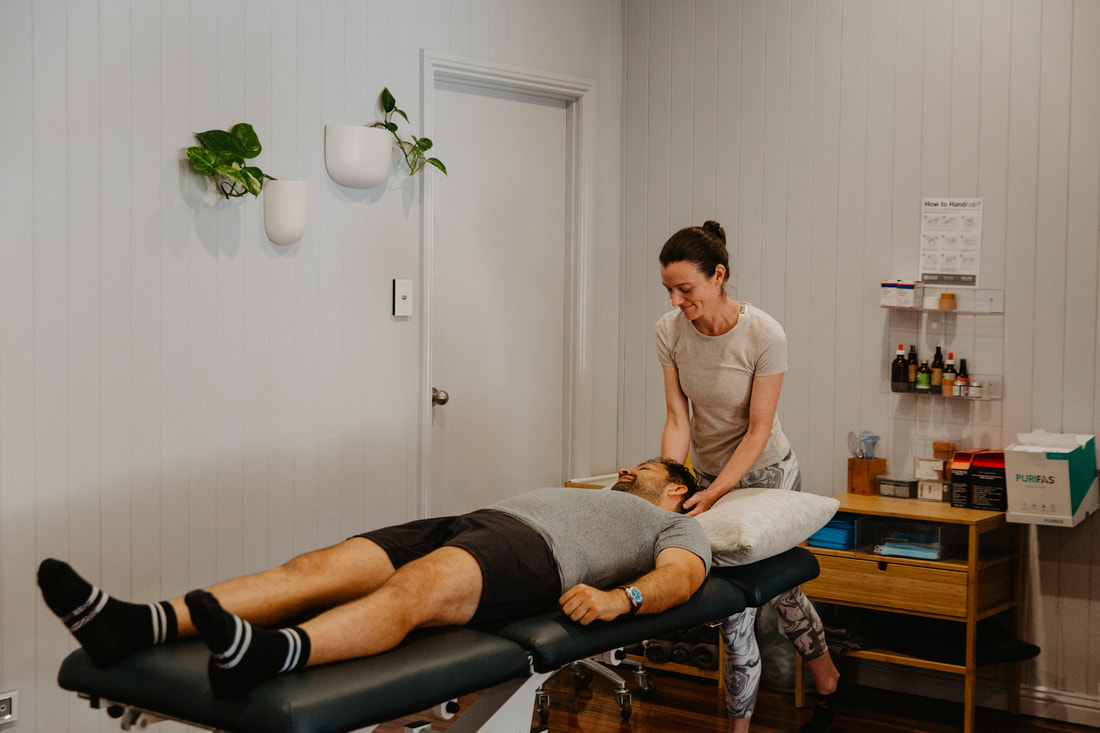Sports injury physiotherapy for artistic swimmers.
Introduction to Artistic Swimming and the Role of a Specialised Physiotherapist
Artistic swimming, formerly known as synchronized swimming, is a visually captivating sport that combines elements of swimming, dance, and gymnastics. It requires athletes to perform coordinated and synchronized routines in water, often to music. This sport demands high levels of endurance, strength, flexibility, rhythm, and precise timing, along with the ability to perform complex movements underwater.
Key Aspects of Artistic Swimming:
The Importance of a Physiotherapist Specialised in Artistic Swimming:
What Are Common Injuries Among Artistic Swimmers?
Artistic swimming, a sport that combines swimming, dance, and gymnastics, often leads to specific types of injuries:
How Can Artistic Swimmers Prevent These Injuries?
Injury prevention is crucial for artistic swimmers:
What Physiotherapy Treatments Are Effective for Artistic Swimming Injuries?
Physiotherapy plays a significant role in treating and managing injuries in artistic swimming:
When Should an Artistic Swimmer Consult a Physiotherapist?
Professional guidance is recommended in various situations:
How Can Physiotherapy Help in Long-Term Injury Prevention for Artistic Swimmers?
Long-term injury prevention is essential:
What Recovery Strategies Should Artistic Swimmers Employ?
Effective recovery strategies are crucial for artistic swimmers:
If you have been injured during artistic swimming, there are many things that our Tarragindi physiotherapists can do to help get you back to being sport ready and active again so come in and speak to our friendly physiotherapists today! Feel free to give our Tarragindi Physiotherapy clinic a call on 07 3706 3407 or email [email protected]
Artistic swimming, formerly known as synchronized swimming, is a visually captivating sport that combines elements of swimming, dance, and gymnastics. It requires athletes to perform coordinated and synchronized routines in water, often to music. This sport demands high levels of endurance, strength, flexibility, rhythm, and precise timing, along with the ability to perform complex movements underwater.
Key Aspects of Artistic Swimming:
- Athletic and Aesthetic Demands: It involves executing intricate routines that require both athletic skill and artistic expression.
- Breath Control: Swimmers often perform underwater for extended periods, necessitating excellent breath control.
- Strength and Endurance: The sport requires a high degree of muscle strength and cardiovascular endurance to perform routines effectively.
The Importance of a Physiotherapist Specialised in Artistic Swimming:
- Injury Prevention and Management: Due to the unique nature of artistic swimming, a physiotherapist with specialized knowledge can offer targeted injury prevention strategies and effective rehabilitation plans.
- Technique Optimization: Understanding the biomechanics of artistic swimming helps physiotherapists assist athletes in refining their movements to enhance performance and reduce the risk of injury.
- Recovery and Conditioning: Specialized physiotherapists can provide guidance on recovery practices and conditioning exercises to support the rigorous training regimen of artistic swimmers.
What Are Common Injuries Among Artistic Swimmers?
Artistic swimming, a sport that combines swimming, dance, and gymnastics, often leads to specific types of injuries:
- Shoulder Injuries: Due to repetitive overhead movements, leading to conditions like impingement, tendinitis, and rotator cuff issues.
- Neck Strains: From maintaining head positions above water and performing lifts and throws.
- Knee Injuries: Resulting from synchronized movements, jumps, and landings.
- Overuse Injuries: Such as back pain and hip strains due to repetitive movements and prolonged training sessions.
- Concussions: Although less common, they can occur from collisions during routines.
How Can Artistic Swimmers Prevent These Injuries?
Injury prevention is crucial for artistic swimmers:
- Proper Warm-Up and Cool-Down: Essential for preparing the body for intense activity and reducing post-training soreness.
- Strength and Flexibility Training: To support the rigorous demands of the sport and prevent muscle imbalances.
- Technical Training: Focusing on correct techniques to minimize stress on joints and muscles.
- Regular Rest and Recovery: Balancing intense training with adequate rest to allow the body to recuperate.
- Hydration and Nutrition: Maintaining proper nutrition and hydration to support physical exertion and recovery.
What Physiotherapy Treatments Are Effective for Artistic Swimming Injuries?
Physiotherapy plays a significant role in treating and managing injuries in artistic swimming:
- Manual Therapy: Including massage, joint mobilization, and stretching to relieve pain and improve flexibility.
- Tailored Exercise Programs: Specific exercises to strengthen and rehabilitate affected areas.
- Hydrotherapy: Utilizing water-based rehabilitation exercises.
- Pain Management Strategies: Utilizing modalities like ice therapy and heat therapy.
- Posture and Movement Education: To optimize in-water performance and prevent future injuries.
When Should an Artistic Swimmer Consult a Physiotherapist?
Professional guidance is recommended in various situations:
- Post-Injury: For a proper diagnosis and comprehensive treatment plan.
- Persistent Pain or Discomfort: Especially if it impacts performance or quality of life.
- For Technique Enhancement: To improve performance and minimize the risk of injury.
- Preventive Advice: Learning effective strategies to minimize future injury risks.
How Can Physiotherapy Help in Long-Term Injury Prevention for Artistic Swimmers?
Long-term injury prevention is essential:
- Personalized Exercise Programs: Focused on the specific needs of artistic swimmers, considering strength, flexibility, and endurance.
- Regular Assessments: To monitor progress and adjust training as needed.
- Technique Analysis and Correction: Ongoing work on improving swimming and performance techniques.
- Lifestyle and Nutritional Advice: To support overall health and enhance performance.
What Recovery Strategies Should Artistic Swimmers Employ?
Effective recovery strategies are crucial for artistic swimmers:
- Active Recovery: Light swimming or other low-impact activities to aid muscle recovery.
- Nutrition and Hydration: Essential for muscle repair and energy replenishment.
- Adequate Sleep: Critical for physical and mental recovery.
- Mental Health Support: Managing the stress and demands of competitive artistic swimming.
If you have been injured during artistic swimming, there are many things that our Tarragindi physiotherapists can do to help get you back to being sport ready and active again so come in and speak to our friendly physiotherapists today! Feel free to give our Tarragindi Physiotherapy clinic a call on 07 3706 3407 or email [email protected]
Who to book in with:
Yulia Khasyanova
|
Emma Cameron
|
Mauricio Bara
|



